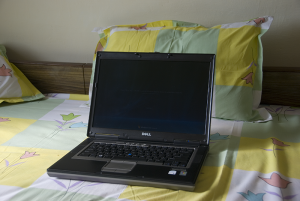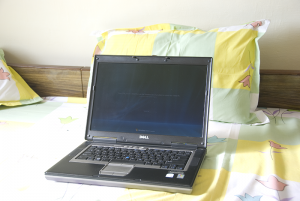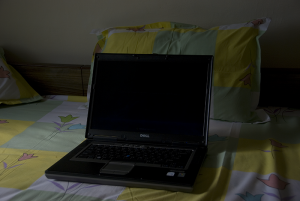
Exposure in the context of photography is the amount of light which the photographic film (or the sensor in a digital camera) is exposed to . If that sounds simple then read on. Exposure is one of the central concepts of photography. The art of photography rests on the perfection in exposure; that is capturing the right amount of light. The exposure depends a number of things, but before diving into the details let’s familiarize ourselves with photographic jargon used for referring the exposure — optimal exposure, overexposure and underexposure.
Optimal Exposure
Optimum exposure is the one in which just the right amount of light is let in through the aperture to render the fineness in the texture, the color tones and overall brightness in one image.
Overexposure
When more than optimal light is allowed on to the film or the digital sensor, the result are overly bright and almost washed out by the light. It’s almost as if the camera has been blinded by the sun. Overexposure blows the highlights thus resulting in the loss of texture and detail in the final image. The colors are also washed out to a large extent.
Underexposure
Less then optimal light on the film / sensor results in underexposure. The overall scene is poorly illuminated. As in an overexposed image, a loss of texture and detail is evident. Colors may be saturated beyond the original. Underexposure is generally caused by a high shutter speed, low light or small aperture.
Next we will see the various pillars of exposure and learn about how various metering modes work to provide the exposure best suited to the situation. Also we will see how you can manually control the exposure for various situations.





Hgihly seful. Will keep comimg back quite often